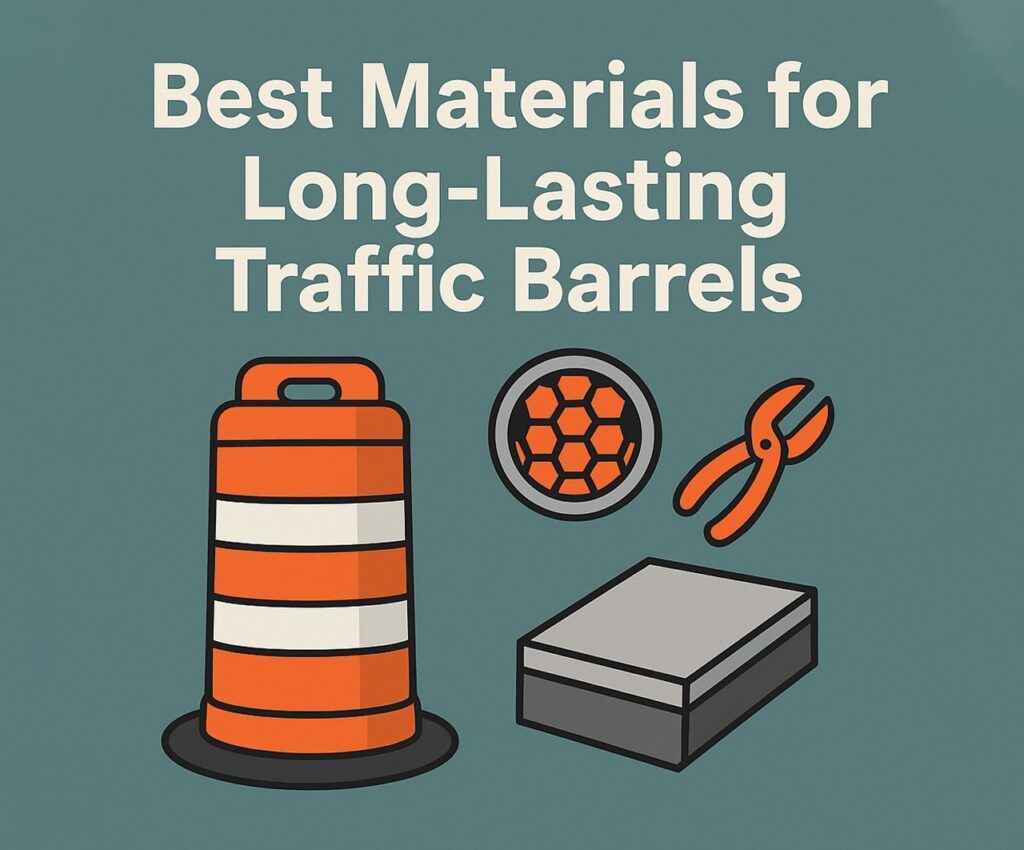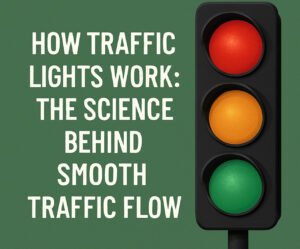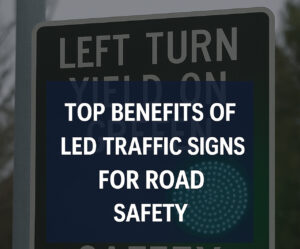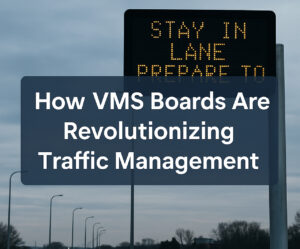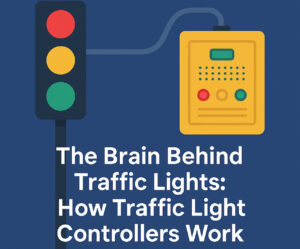When it comes to work zone safety and effective traffic control, choosing the right traffic barrel is more than just a matter of visibility. The materials used in the construction of barrel traffic cones and traffic cones and barrels play a critical role in how well they stand up to weather, impacts, and long-term use. Whether it’s a highway construction site or an urban road repair project, investing in durable traffic control equipment can save time, money, and lives. Know more..
In this article, we’ll explore the best materials used in manufacturing traffic barrels, examine how each type performs under real-world conditions, and help you choose the most reliable options for your needs.
What Makes a Good Traffic Barrel?
A traffic barrel needs to be highly visible, lightweight for easy transport, yet tough enough to withstand multiple vehicle impacts. It should also be weather-resistant and compatible with warning lights or reflectors. The top-performing barrel traffic cones combine design and material science to achieve all these qualities.
Some key features to look for include:
- High-impact resistance
- UV resistance
- Colorfastness to remain bright orange over time
- Flexibility to absorb impact without shattering
- Recyclability, contributing to environmental sustainability
With these characteristics in mind, let’s explore the materials commonly used in traffic cones and barrels.
1. High-Density Polyethylene (HDPE)
HDPE is one of the most widely used plastics for traffic barrel production. Known for its excellent strength-to-density ratio, HDPE is a top choice for barrels placed in high-impact areas.
Advantages:
- Resistant to dents, cracks, and fading
- Holds shape even in extreme temperatures
- Long-lasting with minimal maintenance
HDPE barrel traffic cones are popular for their ability to bounce back from vehicle strikes, making them suitable for high-speed zones. Additionally, HDPE is recyclable, which meets sustainability goals many municipalities are prioritizing.
2. Low-Density Polyethylene (LDPE)
While softer than HDPE, LDPE offers unique advantages in certain applications. Its flexibility makes it less likely to break upon impact, which is ideal for areas with frequent lane closures or temporary setups.
Benefits:
- Greater flexibility and elasticity
- Lightweight and easy to transport
- Cost-effective for short- to mid-term projects
LDPE traffic cones and barrels are generally used in areas where the risk of repeated impacts is lower, such as suburban zones or temporary work sites.
3. Rubber-Base Traffic Barrels
Rubber bases are commonly used in barrel traffic cones for stability. While the main barrel may be made of plastic, the base is often made from recycled rubber to provide a low center of gravity, helping the barrel stay upright in strong winds or after minor impacts.
Features:
- Increased stability in inclement weather
- Eco-friendly, often made from recycled tires
- Excellent grip on various road surfaces
This hybrid design is among the most effective and durable combinations used in traffic barrels.
4. Polyurethane
A newer addition to the traffic barrel world, polyurethane offers impressive performance benefits. It combines the strength of plastics with the elasticity of rubber, making it perfect for barrels that need to be both resilient and flexible.
Pros:
- Extremely high resistance to wear and tear
- Resistant to UV light and harsh chemicals
- Flexible enough to bend without breaking
While polyurethane traffic cones and barrels can be more expensive initially, their longevity and resistance to extreme conditions make them cost-effective over time.
5. PVC (Polyvinyl Chloride)
PVC is another durable plastic used in some traffic barrels. Although less common than HDPE or LDPE, PVC offers specific benefits in high-visibility applications.
Advantages:
- High visibility due to vibrant color retention
- Can be easily molded into different shapes
- Resistant to weather and corrosion
PVC is ideal for barrel traffic cones that require customized designs or unique features.
Material Comparison Table
| Material | Durability | Flexibility | UV Resistance | Eco-Friendliness | Cost |
| HDPE | High | Medium | High | High | Medium |
| LDPE | Medium | High | Medium | Medium | Low |
| Polyurethane | Very High | Very High | High | Medium | High |
| PVC | Medium | Low | High | Medium | Medium |
| Rubber (Base) | High | Low | Medium | Very High | Low |
Environmental Considerations
More buyers today are considering the environmental impact of traffic cones and barrels. Many manufacturers now offer products made from recycled materials, including HDPE and rubber. These eco-friendly options are durable and sustainable, reducing landfill waste and supporting green initiatives.
Choosing a traffic barrel made from recyclable materials doesn’t mean compromising on quality. In fact, recycled HDPE and rubber barrels often perform just as well as their virgin-material counterparts.
Why Material Matters
You may be tempted to select barrel traffic cones based on price alone, but the materials used can significantly affect safety, maintenance costs, and lifespan. Lower-quality barrels may fade quickly, crack under pressure, or fail to stand up after a single impact. Investing in high-quality traffic barrels can lead to long-term cost savings and better safety outcomes.
Also, consider the specific use-case scenario:
- For high-speed roads, opt for HDPE or polyurethane.
- For temporary or indoor use, LDPE may be sufficient.
- For windy or unstable areas, use barrels with rubber bases.
Regulatory Compliance
In the United States, traffic cones and barrels must meet the guidelines set by the Federal Highway Administration (FHWA) and the Manual on Uniform Traffic Control Devices (MUTCD). The materials chosen must withstand UV degradation, resist deformation from heat, and maintain their color and shape over extended periods.
Reputable manufacturers label their traffic barrel products with compliance certifications. When shopping for traffic control equipment, make sure the products meet these regulatory standards.
Final Thoughts: The Right Material for Maximum Longevity
Whether you’re a city planner, construction manager, or supplier, understanding the material science behind traffic barrels is key to making the right purchase. High-quality materials like HDPE and polyurethane offer unmatched durability and resilience. LDPE and PVC provide flexible, cost-effective alternatives for specific needs. And rubber bases enhance stability and sustainability.
By choosing the right materials for your barrel traffic cones, you not only increase the lifespan of your investment but also contribute to safer, more efficient work zones. When it comes to selecting long-lasting traffic cones and barrels, the material really does make all the difference.

